 |
 |
| |
|
| |
CoVolutions: New Cartographies for Transversal Ecologies
May 1-8 2009, Auckland and Mimiwhangata Costal Park
organized by roomservices & James Charlton, supported by Colab and Iaspis |
| |
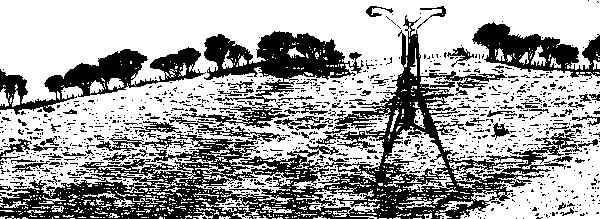 |
| |
To multiple waves of migrant organisms New Zealand appeared as a virginal land of plenty. Since the split from Gondwana about 80 - 100 million years ago, a multitude of migrating birds, insects and plants crossed the sea to arrive Zealandia's shores throughout the "deep time" of evolution. As humans moved in, early Polynesians found rich sources of easy accessible proteins in the rapidly depleted herds of flightless s moa like bird. With the arrival of European settlers came not only western cultural colonization but also the implementation of eurocentric methods of specialized agriculture, transforming the landscape into a replica of European pastures, and increasing the edible biomass of the islands.
The industrialised farming of potatoes, sheep and cows, bent the equilibrium of the endemic ecosystem. It was a form of bio-colonization that originated from an understanding of nature as a mechanic source of human-centred energy production, which in a similar vein has led to today's agro-industrial modes of production, and operates far from the lifecycles of endemic ecosystems.
In recent years New Zealand has embraced a set of elaborate policies to address issues concerning ecological influences and introduced measures of biosecurity to exclude the alien and contain the indigenous. These policies widely conceptualize ecology as the natural environment, that of larger organisms such as plants and animals, but generally fail to recognize the flows of germs and non-living agents, such as norms and genes. Actors that perhaps have been the dominant European colonizers of the planet.
CoVolutions was a one-week cross-disciplinary "Doers and Makers workshop" designed to stimulate interactions between a diverse range of artistic practices, hacktivist research and ecological systems. The understanding of "ecological" here is taken from Felix Guattari's The Three Ecologies, which emphasizes the interactions between the environment, social networks and individual psychologies of subjectification. These three systems are closely intertwined and not separated by distinctions between the natural and the cultural, but co-exist in a continuum. This means that to understand ecological systems we should not look only to "nature" but to the dynamic interactions between all three ecologies. Related notions - of a dynamic network of interconnected ecosystems in constant flux integrated with continuous interventions, loops and feedbacks - form the basis of Howard T. Odum's "systems ecology" , and another platform for CoVolutions' reading of "transversal ecologies".
Through individual and collaborative hands-on experimentation and engagement with praxis, the project aimed to show how art can reach out to scientific practices through the critique, visualization and representation of the "abstract machines" of ecosystems and biogeography. |
| |
|
| |
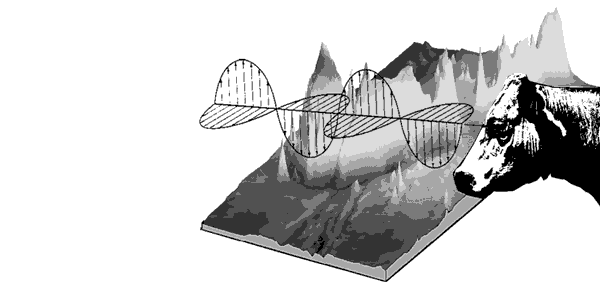 |
| |
|
| |
>> Excerpt from project description:
CoVolutions as new cartographies
In order to better conceptualize, understand and discuss ecological interactions, the project aims to reveal "transversal interconnections" between them by producing new artistic interfaces that tune, bend and hack the matter-energy flows of the three ecologies. The project connects three methodologies of praxis:
>Mapping / Cartography: The mapping and representation of vectors, channels and flows of matter-energy (or what Howard Odum calls Emergy) through living ecosystems - environment, human settlements and organisms. (Think flowcharts, electric circuits, histograms, genotypes/phenotypes, network analysis).
In Aotearoa New Zealand the imposition of Western maps and Cartesian grids over an indigenous understanding of space has been discussed as a form of colonisation, that not only dominates and classifies but has aided the erasure of another sense of space. For example, from the catalogue to an exhibition addressing these ideas:
"Maori discovered, thoroughly explored and mapped this country before the appearance of Europeans… But the grid they fixed and impressed on the land was oral. Structured by genealogy, legend and ideology and sustained by memory and ritual it was a complex map, but being oral it was invisible to the European. Europeans by that time had lost their ear for cartography." (Curnow, Wystan: Putting the Land on the Map, p49)
While this passage inappropriately ascribes a grid to Maori conceptualization of space it also reminds us that space was conceptualised and organised through a web of oral traditions, and this invisible oral tradition remains significant to understanding Maori relationships to space as an anchoring to place. (Nova Paul "Site Visits" paper 2008)
>Tactics of hackability: Where cause-effect relationships are affected by the use of force, of blocking or controlling, ecosystems are bent, modulated, mutated - tuned by keeping the power on. This requires new tactics for intervention, of micro-politics, interventions and social practice. (Think small change, surfing, hacking, circuit bending, sampling/remixing)
>Artistic technologies of representation: With the help of software, sensors and microprocessors create physical interacting representations of the mapped ecosystems, suggesting and simulating how these can be hacked and tuned. (Think synthesizer, arduino, physical prototyping, toy surgery.)
These three intersecting lines were explored throughout the workshop and the fieldwork in Auckland Tamaki Makau Rau and Mimiwhangata Natural Preservation Area. |
| |
|
| |
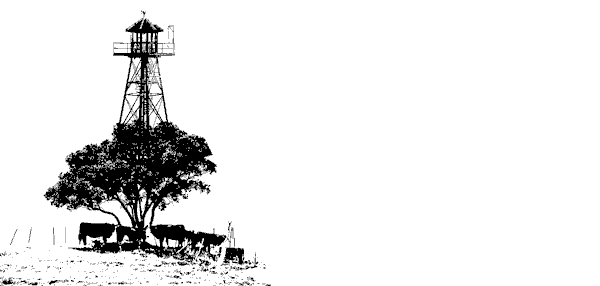 |
| |
|
| |
Restrictions regarding the apparatus of observation
The apparatus used in these field works were to conform to standardized hand luggage restriction imposed by international travel and not exceed 20kg (44 lbs) total. Baggage should have total dimensions (length + width + height) no greater than 158cm (62"). While the activation of these quasi-scientific investigations exist as self-contained artistic interventions the findings and residues will serve as the foundation for to be presented subsequently at Auckland University of Technology (AUT). |
| |
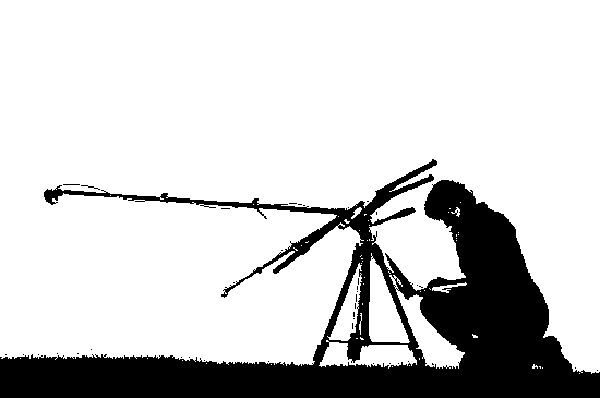 |
| |
the cezannoscope in action (roomservices) |
| |
|
| |
Mimiwhangata
CoVolutions consisted of a week long fieldwork in Mimiwhangata Natural Coastal Preservation Area. Mimiwhangata Coastal Park islocated on the east coast of the Northern part of New Zealand, between Whangarei and the Bay of Islands. Mimiwhangata, being a Department of Conservation site, embraces a variety of ecologies and terrain within a localised and isolated geographic domain. It encompasses areas of bush, a variety of costal geographies along the contested foreshore, controlled pastures, stocked farmland, and reserves of endangered species of birds and marine life. Archaeological evidence shows Mimiwhangata was once inhabited by a substantial Maori community. It is isolated - there is no cell-phone or network coverage.
Results and exhibition
The results of the project were exhibited at Gallery Room 103 in Auckland, in July 2009. Project sumary and exhibition catalogue can be downloaded here [PDF 4.4 mb] |
| |
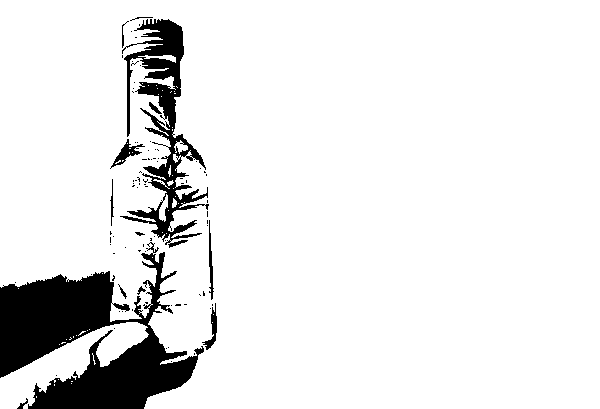 |
| |
explorations in Vernacular Vodka (roomservices) |
| |
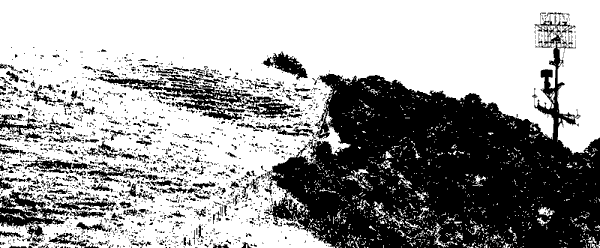
|






